Crypto Glossary: all the definitions to understand crypto
Invest's crypto lexicon which includes all the definitions of vocabulary that touches the world of blockchains and cryptocurrencies.

Mis à jour le 11/26/2023 à 20:39
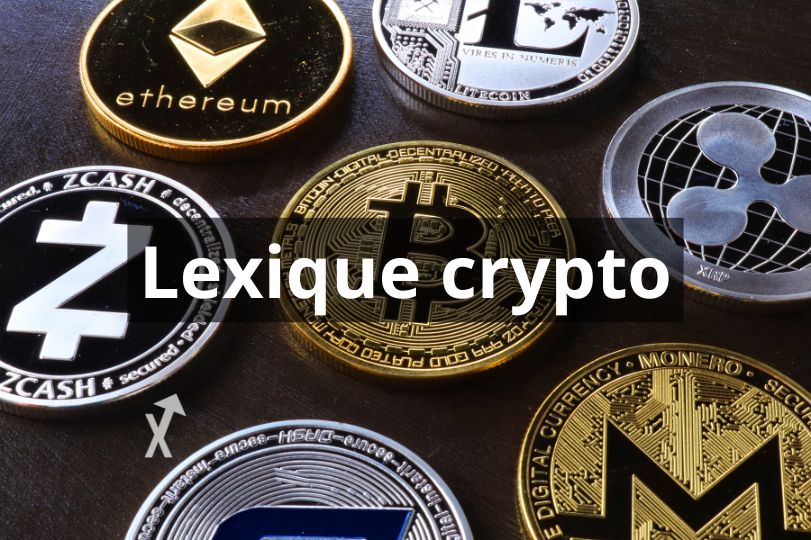
Invest's crypto lexicon which includes all the definitions of vocabulary that touches the world of blockchains and cryptocurrencies.

Mis à jour le 11/26/2023 à 20:39

In this lexicon, we’re going to give you all the important definitions related to the world of crypto-currency and blockchains.
You will find terms such as “blockchain”, “mining”, “wallet” and many more, with clear explanations to help you better understand this ever-changing market.
Whether you’re a beginner or an expert, this lexicon will be a valuable tool for you to understand the terms used in the world of crypto-currencies.
A string of characters used to identify a destination on a blockchain, such as an email address or a Bitcoin address.
A free distribution of tokens or crypto-currencies to a selected list of project holders.
Any cryptocurrency other than Bitcoin.
Effective annual rate of return.
Application-specific integrated circuit used for crypto-currency mining.
The price at which a seller is willing to sell an asset.
Maximum (ATH) and minimum (ATL) historical record of an asset price.
A mechanism that allows two parties to trade assets without requiring a counterparty or trusted third party.
A market where asset prices are declining over an extended period.
The price at which a buyer is willing to purchase an asset.
The first and most popular crypto-currency, based on blockchain technology.
An ATM that allows you to buy or sell Bitcoins using fiat money.
A set of cryptographically linked transactions in the blockchain.
The first block in a blockchain.
The reward received by miners for adding a block to the blockchain.
A distributed ledger technology used to record transactions in a secure and transparent manner.
The lowest point in a bear market.
A market where asset prices are rising over an extended period.
The intentional destruction of a token or crypto-currency to reduce the overall supply and increase the value of the remaining tokens.
A centralized exchange platform, where users deposit their funds and exchange them for other crypto-currencies.
A crypto-currency issued and managed by a central bank.
Contract for difference, a financial derivative that allows one to speculate on asset prices without physically owning them.
A chart used to view price data for an asset over a period of time.
A string of characters used to sign transactions and access funds in a crypto wallet.
A string used to receive funds and verify the signature of a transaction.
The storage of crypto-currencies offline.
Agreement on the rules and transactions of the blockchain by the nodes of the network.
Central processing unit, used for computer calculations.
A digital currency using cryptography to secure transactions and control the creation of new tokens.
Technique used to protect the integrity and confidentiality of data.
Decentralized applications, which run on a blockchain rather than a centralized server.
An organization that operates on a blockchain, where decisions are made by the token holders rather than by centralized administrators.
A trading strategy that involves opening and closing positions in the same day.
A decentralized exchange platform, where users can exchange directly with each other without going through a trusted third party.
A scam where the owners of an exchange platform or crypto-currency project take money from users and disappear.
Fees paid for transactions or withdrawals on an exchange platform or blockchain.
A facility dedicated to mining crypto-currencies.
A national currency issued and managed by a central bank, like the euro or the US dollar.
Fear of Missing Out, the pressure not to miss an investment opportunity.
The ability for an asset to be exchanged for another asset of equal value.
Fear, Uncertainty and Doubt, a strategy used to sow confusion and misinformation to drive down asset prices.
La mesure de l’utilisation de la puissance de calcul sur une blockchain, utilisée pour payer les frais de transaction.
A communication protocol used to transmit information on a blockchain in an efficient and secure manner.
Graphics processing unit, used for crypto-currency mining and complex computer calculations.
A scheduled event on some blockchains where the block reward is halved, aimed at regulating the supply of tokens.
A physical device used to store crypto-currencies securely, disconnected from the Internet.
A computer process that transforms data into a fixed-length string of characters, used to secure transactions on a blockchain.
The total computing power of a crypto-currency network used to solve the calculations needed to add blocks to the blockchain.
A popular term used to describe an investment strategy of holding an asset over a long period of time rather than selling it.
A fundraiser for a crypto project where investors exchange fiat money or crypto-currencies for tokens of the new crypto-currency.
A fundraiser for a crypto-currency project on a decentralized exchange platform.
A fundraiser for a crypto-currency project on a centralized exchange platform.
The last price of an asset in a market.
A computer developer who made the first Bitcoin transaction for real goods by buying pizzas for 10,000 Bitcoins in 2010.
The base layer of a blockchain, where transactions are permanently recorded.
An additional layer on a blockchain that increases scalability by moving some of the functionality out of layer 1.
Lending or borrowing crypto-currencies for interest.
The use of leverage to increase the potential gains of an investment, but with an increased risk of losses.
An order to buy or sell at a specified price or better.
A buy position in which an investor hopes the price of the asset will rise.
The use of leverage to increase the potential gains from an investment using borrowed money.
An order to buy or sell at the best price available on the market.
The market capitalization of a crypto-currency, calculated by multiplying the price of a token by the total number of tokens in circulation.
A virtual world in augmented or virtual reality, often associated with crypto-currency projects like Decentraland.
A person or company that uses computing power to solve the puzzles required to add blocks to a blockchain.
Mining crypto-currencies using computing power to solve puzzles.
The creation of new tokens, often used to describe the processes of creating tokens on a blockchain.
Mining crypto-currencies by being a member of a group of miners who share the earnings.
A culture in crypto communities, which invites users not to reveal their real identity.
A computer connected to a blockchain that verifies transactions and maintains synchronization with the network.
A unique digital token that cannot be replaced by another identical token.
A transaction made directly between two parties, often used for transactions of large amounts of crypto-currencies that cannot be made on an exchange platform.
Direct communication between two computers without going through a third party.
A buying or selling decision made under the influence of emotion and not rational analysis.
A group of miners who share the gains from mining crypto-currencies.
A group of traders who pool their funds to increase liquidity on a trading platform.
A transaction validation system where users pledge tokens to validate transactions and receive rewards.
A transaction validation system where users solve computer puzzles to validate transactions and receive rewards.
Mining crypto-currencies before the official launch of a blockchain.
An artificial rise in the price of a crypto-currency caused by market manipulation.
A hardware configuration specifically designed for crypto-currency mining.
The percentage of gain or loss on an investment.
The basic unit of a crypto-currency, equivalent to 0.00000001 of that crypto-currency.
The pseudonym used by the person or group who created Bitcoin.
The ability of a blockchain to process a large number of transactions without slowing down.
An investment strategy of buying and selling assets quickly for short-term gains.
A scam where users are enticed to invest in a fictitious or unprofitable crypto-currency project.
The hash algorithm used to solve Bitcoin’s mining calculations.
A technique to increase the scalability of a blockchain by dividing the data into several parts managed by different nodes.
A crypto-currency considered to be of little value or a scam.
A crypto-currency considered to be of little value or a scam.
A blockchain linked to a master blockchain that allows assets to be moved between the two chains in a secure manner.
The difference between the price of an order and the final price of the execution of that order.
An automated digital contract that automatically executes when predefined conditions are met.
A programming language used to create smart contracts on the Ethereum blockchain.
The difference between the purchase price and the selling price of an asset in a market.
Pledge tokens to validate transactions and receive rewards on a blockchain using a proof-of-stake system.
An automatic sell order to limit potential losses on an investment.
A price level often used to describe a time when prices tend to stabilize or increase.
An exchange of crypto-currencies or fiat currencies between two parties.
An automatic sell order to realize potential gains on an investment.
A test version of a blockchain used for developers to test applications or updates before deploying them on the main blockchain.
A term used to describe a rapid and significant rise in the price of a crypto-currency.
Digital tokens that represent a value or asset on a blockchain.
The highest level reached by the prices of an asset.
An automated computer program that trades in the financial markets.
A personalized Bitcoin address containing a specific word or phrase.
The founder of the Ethereum blockchain.
The speed at which prices of an asset can change.
An expression used to express a reluctance to reveal one’s real identity in the cryptographic communities.
A large quantity of buy or sell orders that can influence prices in a market.
A software or hardware that allows for the storage and management of crypto-currencies.
The first version of the Internet based on static websites.
The second version of the Internet based on social interactions and content creation by users.
The third version of the Internet based on artificial intelligence and blockchain.
An investor who holds a large amount of assets and can influence prices in a market.
A technical document describing the details of a crypto-currency project, often used in ICO fundraisers.
⚠️ This article is published for informational purposes and should not be considered as investment advice. Crypto-currency trading involves risk and it is important not to invest more than you can afford to lose.
InvestX is not responsible for the quality of the products or services presented on this page and shall not be held liable, directly or indirectly, for any damage or loss caused as a result of using any goods or services highlighted in this article. Investments related to crypto-assets are risky by nature, readers should do their own research before taking any action and only invest within the limits of their financial capabilities. This article does not constitute investment advice.
Web editor for many years and SEO specialist, Thomas became an editor for InvestX when the site was launched. Passionate about the field of crypto and Web3, Thomas has made it his mission to deliver maximum value and introduce readers to the world of blockchains, considered for him as the world of tomorrow.
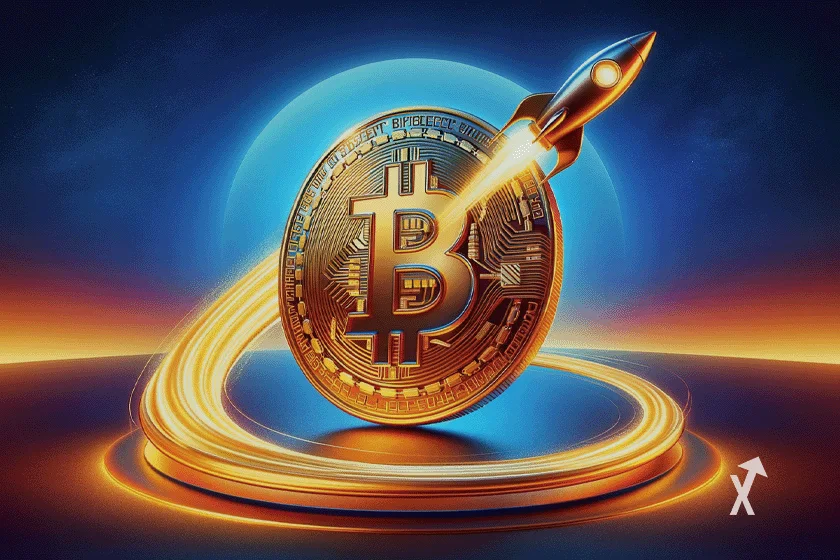
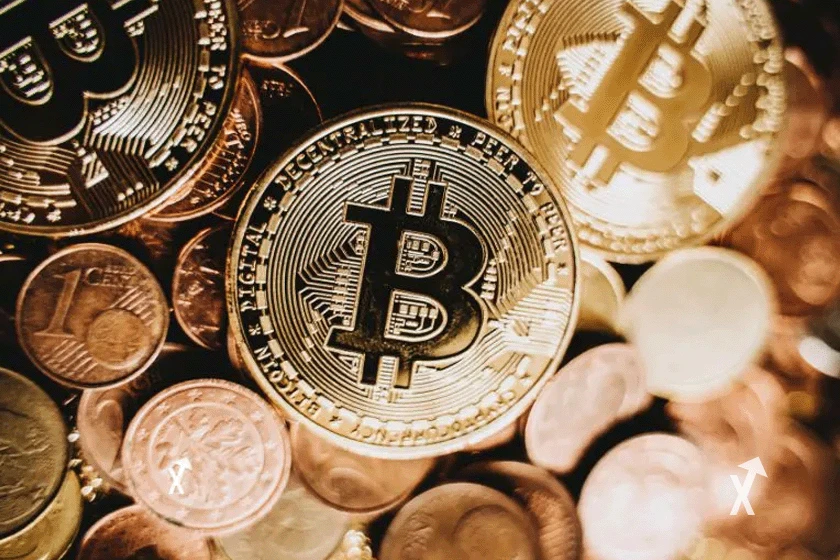
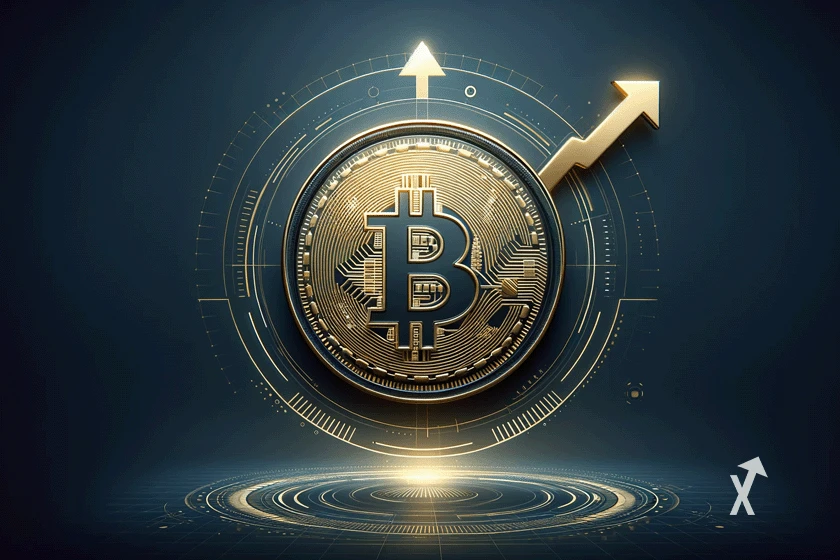

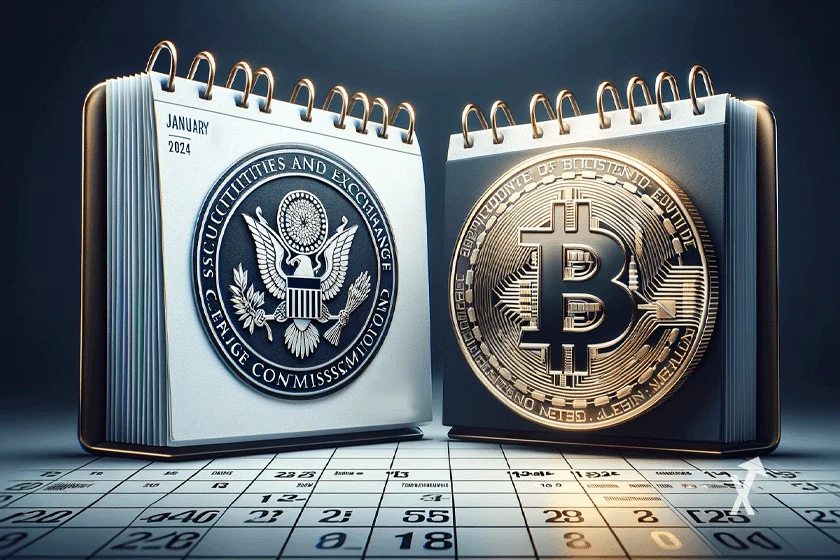
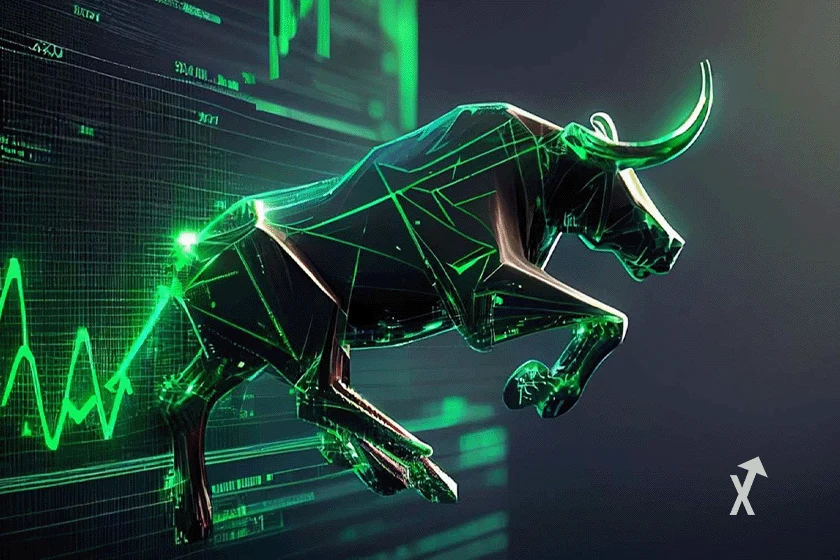
Risk Warning: Trading financial instruments and/or crypto-currencies involves high risks, including the risk of losing all or part of your investment, and may not be suitable for all investors. Crypto-currency prices are extremely volatile and can be affected by external factors such as financial, regulatory or political events. Trading on margin increases financial risk.
Before deciding to trade in financial instruments or crypto-currencies, you should be fully informed of the risks and fees associated with trading in the financial markets, carefully consider your investment objectives, level of experience, and tolerance for risk, and seek professional advice if necessary.
Some of the partners featured on this site may not be regulated in your country. It is your responsibility to verify the compliance of these services with local regulations before using them.